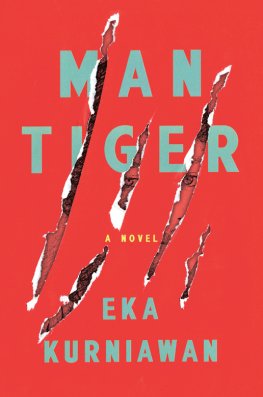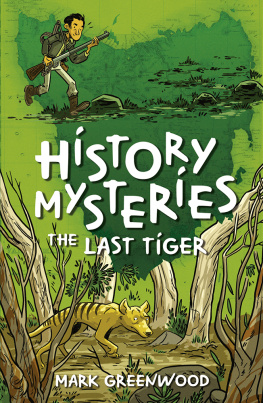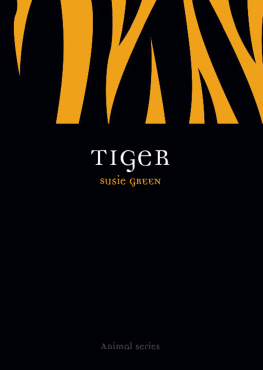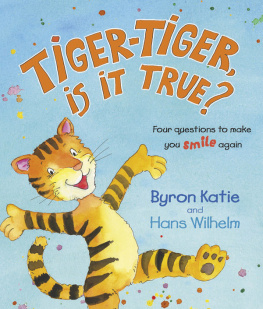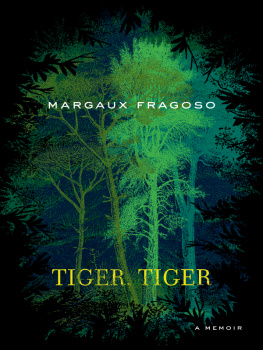Also by John Vaillant
The Golden Spruce
To the memory of
Joanna and Ellis Settle

viriditas
In the taiga there are no witnesses.
V. K. A RSENIEV ,
Dersu the Trapper
no easy bargain
Would be made in that place by any man
Beowulf
Contents
The Russian Far East

The Bikin River Valley

Prologue
HANGING IN THE TREES, AS IF CAUGHT THERE, IS A SICKLE OF A MOON. Its wan light scatters shadows on the snow below, only obscuring further the forest that this man negotiates now as much by feel as by sight. He is on foot and on his own save for a single dog, which runs ahead, eager to be heading home at last. All around, the black trunks of oak, pine, and poplar soar into the dark above the scrub and deadfall, and their branches form a tattered canopy overhead. Slender birches, whiter than the snow, seem to emit a light of their own, but it is like the coat of an animal in winter: cold to the touch and for itself alone. All is quiet in this dormant, frozen world. It is so cold that spit will freeze before it lands; so cold that a tree, brittle as straw and unable to contain its expanding sap, may spontaneously explode. As they progress, man and dog alike leave behind a wake of heat, and the contrails of their breath hang in pale clouds above their tracks. Their scent stays close in the windless dark, but their footfalls carry and so, with every step, they announce themselves to the night.
Despite the bitter cold, the man wears rubber boots better suited to the rain; his clothes, too, are surprisingly light, considering that he has been out all day, searching. His gun has grown heavy on his shoulder, as have his rucksack and cartridge belt. But he knows this route like the back of his hand, and he is almost within sight of his cabin. Now, at last, he can allow himself the possibility of relief. Perhaps he imagines the lantern he will light and the fire he will build; perhaps he imagines the burdens he will soon lay down. The water in the kettle is certainly frozen, but the stove is thinly walled and soon it will glow fiercely against the cold and dark, just as his own body is doing now. Soon enough, there will be hot tea and a cigarette, followed by rice, meat, and more cigarettes. Maybe a shot or two of vodka, if there is any left. He savors this ritual and knows it by rote. Then, as the familiar angles take shape across the clearing, the dog collides with a scent as with a wall and stops short, growling. They are hunting partners and the man understands: someone is there by the cabin. The hackles on the dogs back and on his own neck rise together.
Together, they hear a rumble in the dark that seems to come from everywhere at once.
PART ONE
MARKOV
There are many people who dont believe this actually happened. They think its some phantasm of my imagination. But it was real. There are the facts.
Y URI A NATOLIEVICH T RUSH
SHORTLY AFTER DARK ON THE AFTERNOON OF DECEMBER 5, 1997, AN urgent message was relayed to a man named Yuri Trush at his home in Luchegorsk, a mid-sized mining town in Primorye Territory in Russias Far East, not far from the Chinese border. Primorye (Pri-mor-ya) is, among other things, the last stronghold of the Siberian tiger, and the official on the line had some disturbing news: a man had been attacked near Sobolonye, a small logging community located in the deep forest, sixty miles northeast of Luchegorsk. Yuri Trush was the squad leader of an Inspection Tiger unit, one of six in the territory whose purpose was to investigate forest crimes, specifically those involving tigers. Because poachers were often involved, these included tiger attacks. As a result, this situationwhatever it might entailwas now Trushs problem and, right away, he began preparing for the trip to Sobolonye.

Early the following morningSaturdayYuri Trush, along with his squadmates Alexander Gorborukov and Sasha Lazurenko, piled into a surplus army truck and rumbled north. Dressed in insulated fatigues and camouflage, and armed with knives, pistols, and semiautomatic rifles, the Tigers, as these inspectors are sometimes called, looked less like game wardens than like some kind of wilderness SWAT team. Their twenty-year-old truck was nicknamed a Kung, and it was the Russian armys four-ton equivalent to the Unimog and the Humvee. Gasoline-powered, with a winch, four-wheel-drive, and wide waist-high tires, it is a popular vehicle in Primoryes hinterlands. Along with a gun rack and brackets for extra fuel cans, this one had been modified to accommodate makeshift bunks, and was stocked with enough food to last four men a week. It was also equipped with a woodstove so that, even in the face of total mechanical failure, the crew could survive no matter where in the wilderness they happened to be.
After passing through the police checkpoint on the edge of town, the Tigers continued on up to a dirt road turnoff that led eastward along the Bikin (be-keen) River, a large and meandering waterway that flows through some of the most isolated country in northern Primorye. The temperature was well below freezing and the snow was deep, and this slowed the heavy trucks progress. It also allowed these men, all of whom were experienced hunters and former soldiers, many hours to ponder and discuss what might be awaiting them. It is safe to say that nothing in their experience could have prepared them for what they found there.

Primorye, which is also known as the Maritime Territory, is about the size of Washington state. Tucked into the southeast corner of Russia by the Sea of Japan, it is a thickly forested and mountainous region that combines the backwoods claustrophobia of Appalachia with the frontier roughness of the Yukon. Industry here is of the crudest kind: logging, mining, fishing, and hunting, all of which are complicated by poor wages, corrupt officials, thriving black marketsand some of the worlds largest cats.
One of the many negative effects of perestroika and the reopening of the border between Russia and China has been a surge in tiger poaching. As the economy disintegrated and unemployment spread throughout the 1990s, professional poachers, businessmen, and ordinary citizens alike began taking advantage of the forests wealth in all its forms. The tigers, because they are so rare and so valuable, have been particularly hard hit: their organs, blood, and bone are much sought after for use in traditional Chinese medicine. Some believe the tigers whiskers will make them bulletproof and that its powdered bones will soothe their aches and pains. Others believe its penis will make them virile, and there are manyfrom Tokyo to Moscowwho will pay thousands of dollars for a tigers skin.
Between 1992 and 1994, approximately one hundred tigersroughly one quarter of the countrys wild populationwere killed. Most of them ended up in China. With financial assistance (and pressure) from international conservation agencies, the territorial government created Inspection Tiger in the hope of restoring some semblance of law and order to the forests of Primorye. Armed with guns, cameras, and broad police powers, these teams were charged with intercepting poachers and resolving a steadily increasing number of conflicts between tigers and human beings.
Next page




